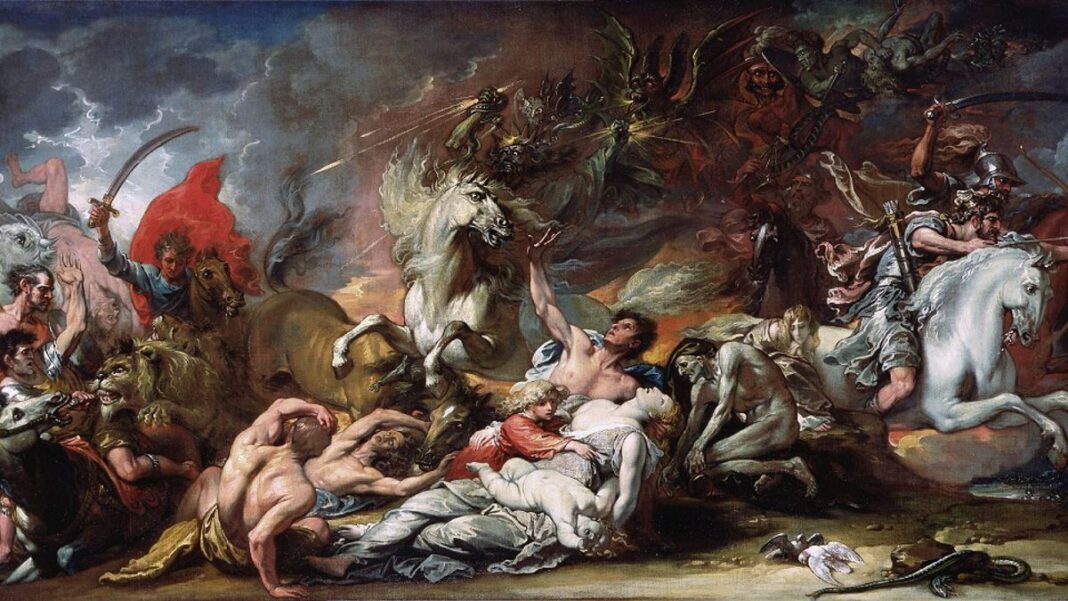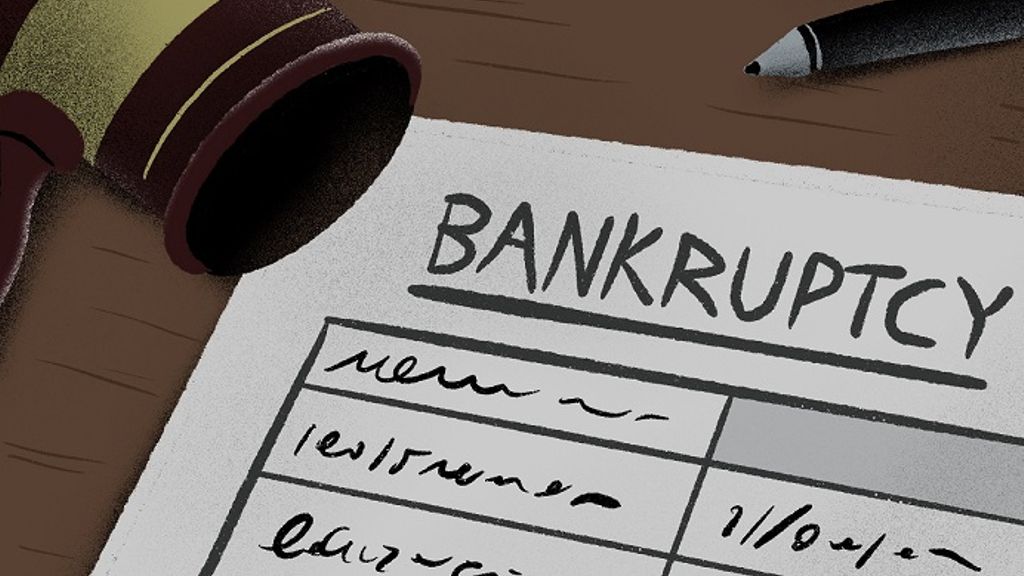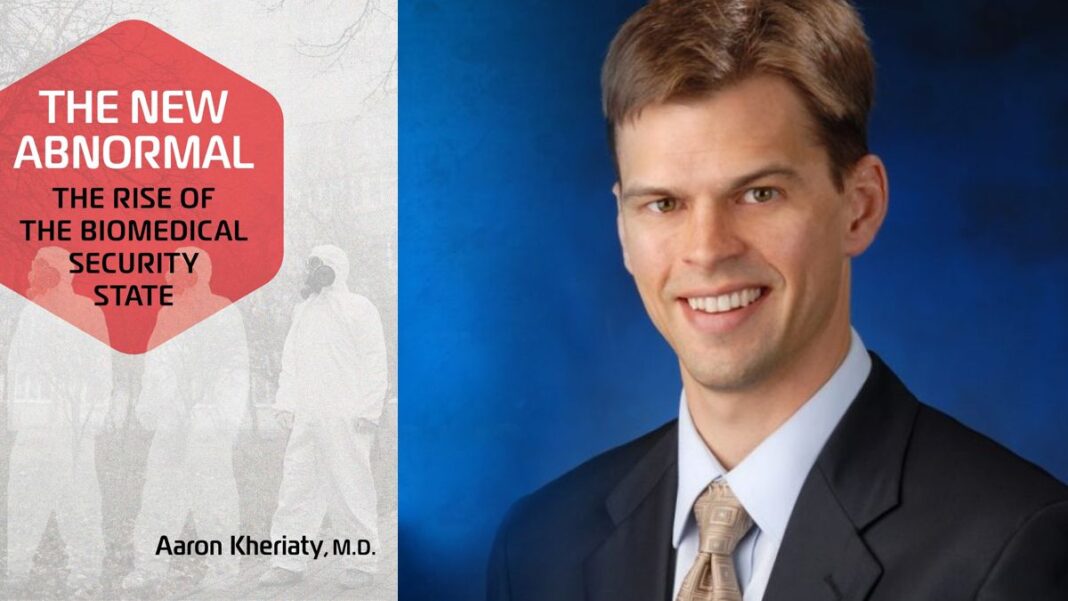
In recent years, the concept of “fake news” has gained widespread recognition and become a frequent topic of discussion. A significant number of Americans now express a lack of confidence in the media, believing that many reports are unreliable or politically motivated.
Recently Gallup reported that 34% of Americans’ trust in the mass media to report the news “fully, accurately, and fairly” is essentially unchanged from last year and just two points higher than the lowest that Gallup recorded in 2016 during the presidential campaign. See this recent trend in the chart below.
This is not the first time in history that people have lost trust in the media. In fact, this phenomenon can be traced back thousands of years.
One of the earliest examples of distrust in the media can be found in ancient Greece. During the 5th century BCE, many traveling poets would recite stories to people in the marketplace. These stories were often exaggerated and sensationalized, leading to a general distrust in the accuracy of the news being reported. People began to question whether the news was real or just a fabrication for entertainment purposes.
In Rome, the rise of the empire led to a proliferation of news sources, both official and unofficial. This abundance of information caused confusion and distrust among the public. People began to question whether the news they were hearing was true or simply propaganda being spread by the government. This distrust in the media was further exacerbated by the rise of fake news, with people spreading false stories in order to further their own interests.
The phenomenon of fake news continued into the Middle Ages, with the rise of the printing press. The press allowed for the spread of information on a massive scale but also made it easier for people to spread false stories. People began to distrust the accuracy of news reports, especially when they conflicted with their own beliefs or interests.
The distrust in the media has continued into modern times, with the advent of new technologies such as the internet and social media. With the ease of access to information, people can now easily spread false stories and news, leading to a general distrust in the accuracy of news reports.
One of the earliest examples of media mistrust in America occurred in the late 19th century when newspapers were often partisan and sensational in their reporting. Many Americans viewed the press as having a political agenda and found it difficult to distinguish between factual reporting and editorializing. This mistrust was compounded by the emergence of “yellow journalism,” which prioritized sensational headlines over accuracy.
A similar pattern of media distrust emerged in the early 20th century, during the Red Scare of the 1920s. At that time, many Americans feared that Communist agitators were infiltrating the country, and the media played a significant role in fueling these fears. Some newspapers and magazines printed sensational and false stories about the supposed threat posed by Communist subversion, and many Americans came to view the media as unreliable and untrustworthy.
The distrust of the media continued into the latter half of the 20th century and was particularly pronounced during the Vietnam War. In that conflict, many Americans felt that the media was not reporting the truth about the war effort and that the government was engaged in a cover-up. This mistrust was heightened by the Watergate scandal, which further eroded public confidence in the media.
Today, with the ease/speed of access to information via technology and infiltrations/control of media by governments (e.g., Twitter Files), “fake news” has risen to new levels perhaps not seen before in human history. I know many are not religious, much less believe in the God of the Bible or the second coming of Christ. However, it does pose an interesting question.
What if Jesus Christ did return the second time as promised in the Bible? Considering how distrustful and jaded people are about news and religion, what would the people’s reaction be?
So let’s take a look at the Biblical references to the second coming of Christ from a “fake news” perspective.
The second coming of Christ is referenced many times in Biblical text, with over 1,500 passages in the Old Testament and one out of every 25 verses in the New Testament mentioning the Messiah’s return – see more references here. The large amount of material devoted to this important event underscores what God says in Amos 3:7: “Surely the Sovereign LORD does nothing without revealing his plan to his servants, the prophets.”
One first needs to understand the mindset of the people of the world just prior to Christ’s second coming.
- Most will be following the Anti-Christ (i.e., the symbolic Beast power) at the time of the end.
- Most will need or succumb to the now infamous Mark of the Beast, which, in order to function (buy, sell, and even exist), you must have. Most now understand this concept all too well – remember Covid? And how those who did not believe in the alternative narrative were treated?
- Most, like today, will be following a narrative given to them by their propagandist media overlords. They will hold to their beliefs in a cult-like manner – any dissension will be quickly rooted out and “canceled” – or worse.
One can see examples today of this twisting of the narratives. One good example is the group Antifa – or supposedly Anti-fascists. Antifa believes those against them are the fascists. On the other side, many believe that Antifa are in fact, the real fascists.
Groupthink and mass formation psychosis are powerful. The Anti-Christ will most likely be using these techniques that have worked so well in the past. What will the Anti-Christ be like?
- He will be highly intelligent – Rev. 13:18; Dan. 7:8.
- He will be stronger than most – Dan. 7:20.
- He will be a gifted communicator – Dan. 7:8.
- He will be politically savvy – Dan. 9:27; Rev. 17:12, 13, 17.
- He will be a military genius – Rev. 13:4; 17:14; 19:19.
- He will fool many into thinking he is the “Christ” – Matthew 24:4-5; Matthew 24:23-27.
- He will have special unhuman god-like power received from the unnatural demonic world Revelation 13:4.
- He will be worshipped – Revelation 13:4; Revelation 20:4.
The effects of the “fake news” phenomenon go well beyond our times today. Perhaps a topic for another Sunday Thoughts, but how will you know the difference between the narratives being proclaimed? Do you have the tools in place to know how to decern, or are we so hubris that we know everything already? Are you sure? “The heart is deceitful above all things, and desperately wicked: who can know it?” as stated in Jeremiah 17:9. See a further warning in Matthew 24:24 below.
“For there shall arise false Christs, and false prophets, and shall shew great signs and wonders; insomuch that, if it were possible, they shall deceive the very elect [Christ’s true followers at the end time].”
When Jesus returns, as the Biblical prophesy story goes, Christ will be ready for war (Revelation 19:11–16). The nations will be gathered to fight against Jerusalem [Christ] (Zechariah 14:2) in what is called the battle of Armageddon. As described in Revelation 16:1-21, it will be a very horrible time period. The point being made here is that even after all these horrible things, the people of the world will still be angry with God, Revelation 16:21 “… and men blasphemed God …”
Whether you believe this Biblical story is real or metaphorical, the point remains – “fake news” is powerful.
Is today’s “fake news” phenomenon by design for a future event? Given this potential prophetic reality shown in the Bible, this current “fake news” phenomenon seen today is perhaps preparing the world’s people well for the greatest “fake news” phenomenon yet to come. Give us your take on this question in the comment section below.
By Tom Williams







